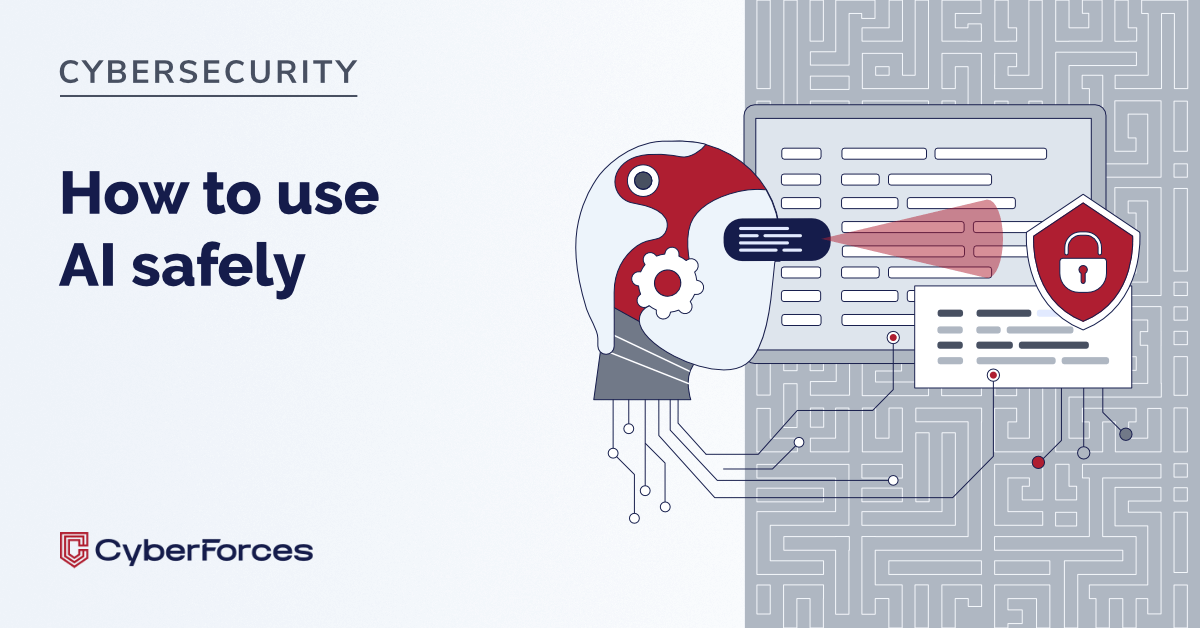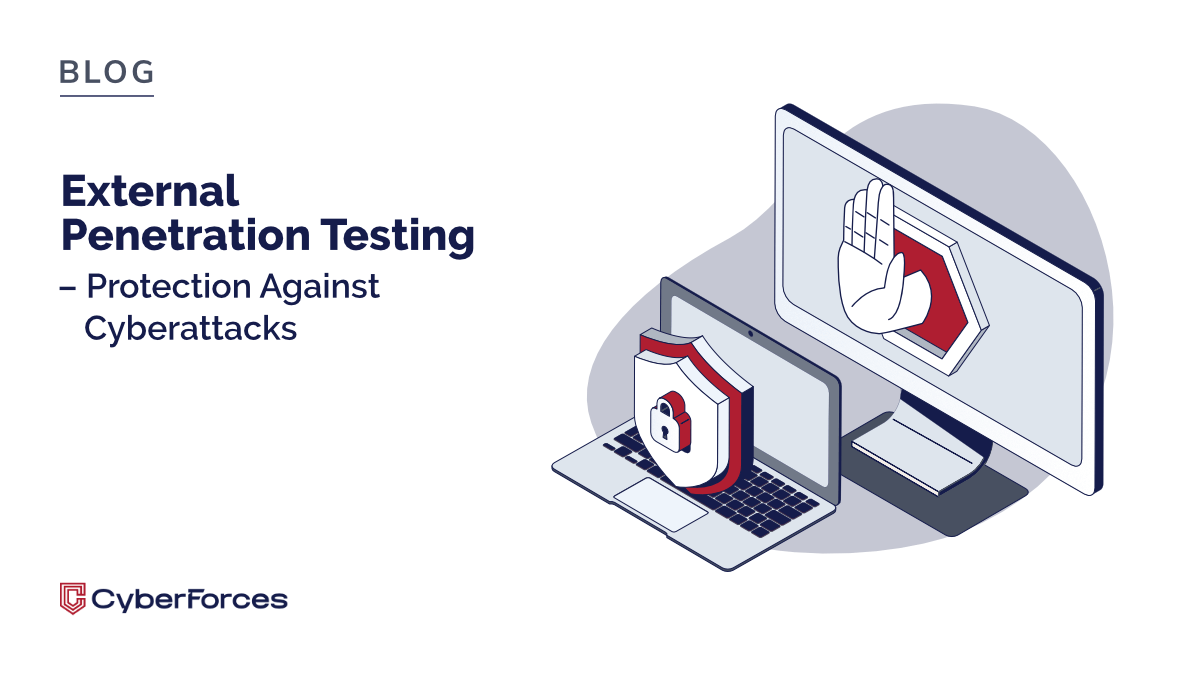Artificial intelligence (AI) has become an integral part of daily work – supporting data analysis, automating processes, and improving communication. Tools such as ChatGPT, Copilot, and Gemini are increasingly used not only by IT professionals, but also by HR, finance, and marketing teams. However, as adoption grows, so do the risks: data leaks, inaccurate outputs, and GDPR violations.
Safe use of AI requires awareness, proper procedures, and ongoing oversight. In this article, we explain how to protect both corporate and personal data, and how to introduce responsible AI usage practices within your organization.
In this article, you will learn:
- The most common risks associated with using AI tools.
- How to protect corporate and personal data when working with AI.
- How to implement an internal safe-use AI policy.
- Best practices for employees, technical teams, and leadership.
Table of Contents
- What Does Safe AI Use Mean?
- Risks and Threats Linked to AI
- Personal Data Protection and AI
- Best Practices for Safe Use of AI Tools
- Ethical and Responsible AI Use in Organizations
- FAQ
What Does Safe AI Use Mean?
Safe AI usage means consciously and responsibly working with artificial intelligence tools such as ChatGPT, Copilot, Gemini, or Claude in a way that protects data, privacy, and the organization’s reputation.
AI can significantly improve productivity, but without clear rules, it can lead to data leaks, incorrect decisions, or legal and regulatory violations.
AI security is not only a technical matter – it also depends on user awareness and consistent organizational procedures.
Risks and Threats Linked to AI
Risk of Corporate Data Leakage
The most common mistake users make is inputting confidential information into public AI models. Data related to clients, projects, contracts, or internal documents may be stored and potentially reused in future model training.
Examples:
- HR employee analyzes candidate CVs in ChatGPT.
- Sales team generates proposals including confidential contract details.
- Developer tests code containing API keys in Copilot.
Shadow AI – Unapproved Use of AI by Employees
Another frequent issue is employees using AI tools without organizational awareness or approval. This “shadow AI” leads to loss of control over data and security compliance.
Solution: Implement a company-wide AI policy and clear guidelines on permitted tools.
Manipulated Outputs and Incorrect Information
AI models can generate inaccurate or fabricated information (“AI hallucinations”). Without verification, such data may mislead employees or clients.
A notable case: Deloitte prepared a report for the Australian government using AI, which introduced fabricated statistics and citations. The $440,000 report had to be withdrawn. This incident shows how even major organizations must verify AI output carefully.
Personal Data Protection and AI
GDPR Compliance
Under GDPR, personal data may only be processed for specified, lawful purposes. Entering personal data into AI tools without legal grounds may result in compliance violations and financial penalties.
The role of Data Protection Officers and compliance teams is crucial: they should establish AI usage policies and monitor adherence.
Privacy Policies and AI Tool Regulations
Each AI tool has its own data processing policy. Employees must understand:
- what data is stored,
- for how long,
- and who may access or analyze it.
Best Practices for Safe Use of AI Tools
For Employees (Office or Remote)
- Do not enter personal, financial, or confidential business data into public AI tools.
- Use only AI tools approved by IT or compliance.
- Avoid logging into AI platforms from personal devices or unsecured networks.
- Always verify AI-generated texts before sharing or publishing.
For IT and Technical Teams
- Implement on-premise or private AI solutions for confidential data use cases.
- Monitor network traffic for unauthorized AI tool usage.
- Conduct regular security audits and penetration tests.
For Management and C-Level
- Establish an AI Governance Policy defining how AI tools are used in the organization.
- Include AI usage training in onboarding programs.
- Assign clear responsibilities: who oversees AI use and who reports incidents.
Ethical and Responsible AI Use in Organizations
Security also includes an ethical approach to AI use.
Key principles:
- Transparency – inform users when content is AI-generated.
- Fairness and anti-bias – especially in HR and recruitment.
- Copyright respect – avoid publishing AI-generated content without verification.
Examples of ethical risks:
- A recruitment AI tool discriminated by gender due to biased training data.
- AI-generated marketing content unintentionally copied copyrighted materials.
- Many companies are now developing ethical AI codes as part of their security frameworks.
FAQ – Frequently Asked Questions
Can I input client data into ChatGPT or Copilot?
No, unless the data is fully anonymized. Public AI models may store and reuse inputs.
Is AI use compliant with GDPR?
Yes, if data processing has legal grounds and appropriate safeguards are in place.
What are the most common user mistakes?
Entering confidential data into public models and failing to verify AI-generated outputs.
How can unauthorized AI use be detected?
Through application monitoring, network oversight, and AI Governance policies.
Can AI-related risk be completely eliminated?
No, but it can be significantly minimized with training, awareness, and security controls.
Summary
Safe use of AI tools requires awareness, policies, and monitoring. Security is a continuous process, not a one-time setup. By following a few core principles – avoiding sharing confidential data, using only approved tools, and verifying outputs – organizations can effectively minimize risks.
AI itself is not the threat.
The real threat is not knowing how to use it safely.






